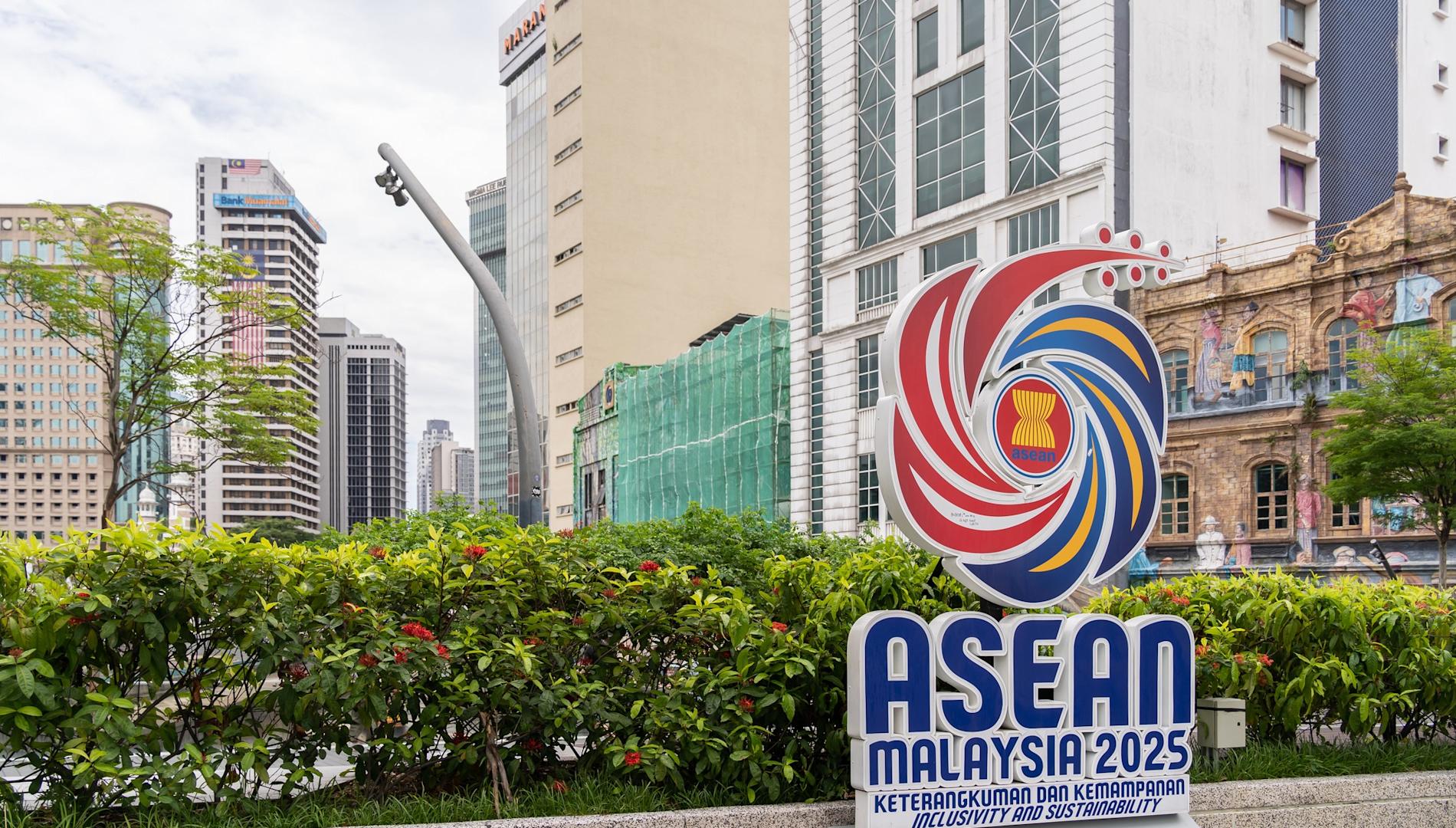“I stand in awe of the resilience of human nature in situations of personal tragedy. Just to see people
retaining their sense of humour and a sense of camaraderie, and the public responding
so generously – it's something that makes me proud to be an Australian.”
– Pat Power, Auxiliary Bishop of Canberra and Goulburn, January 20, 2003
Droughts, fires and flooding rains are part of the cycle of life in the driest inhabited continent – our resilience when catastrophe strikes is a basis of national pride. Australians "cop it sweet", they "help their mates", they "get on with it".
Or do they? David Johnston, Associate Professor in the Centre for Health Economics at Monash University, is coordinating an Australian Research Council project investigating the indirect – that is, the intangible or non-market – impacts of natural disasters in Australia.
The aim is to provide estimates of the short and long-term impacts of floods, bushfires, heatwaves, cyclones and storms in this country. Loss of life, damage to buildings, infrastructure, livestock and crops are readily documented, and the dollar cost counted. But what of other lingering, and possibly hidden, effects?
The research gathered and analysed so far looks at the impact of either losing one’s home, or having one’s home damaged in a flood, fire, cyclone or storm.
Johnston says the work – which does not examine individual cases – is still incomplete; the project will end in 2019.
“My tentative conclusion thus far is that when you look at the aggregate of all the different events in our data, disasters seem to be for most people a negative financial event … Fortunately most of these events do not cause loss of life, or reductions in people’s physical health – they haven’t been injured. They have a small decrease in mental wellbeing, but larger impacts on their financial outcomes.”
The year immediately after the disaster, when repairs or rebuilding takes place, is usually the hardest. “Most people bounce back quite quickly,” he says.

Johnston emphasises that the aggregate study “looks at a whole range of different events at different severity levels – maybe the roof blew off, or part of the house burnt down. We don’t lose too many lives in Australia, thankfully, in natural disasters.”
The Black Saturday fires, the worst in Australian history, were an extreme case: 173 people died, 414 people were injured, 2100 homes were destroyed, 7562 people were displaced and an estimated one million animals perished.
Johnston's particular interest is resilience.
“Can we identify the types of individuals or families or communities” who are likely to recover quickly after the disaster?
Johnston’s hope for the research is that by “identifying the ways that people are affected by disasters, we can help them in the aftermath, and maybe help prevent negative outcomes in the first place”.
The research into resilience is still exploratory, “but hypothetically what we may find is that lower socio-economic people are hit hardest because they are less likely to be insured, they don’t have the savings to buffer that event …That might signal that disaster relief needs to be focused.”
The range of topics that the project will examine is broad, and includes whether smoke pollution from the 2013 bushfire in the Blue Mountains affected the performance of Year 12 students in NSW (overseas research has shown that air pollution can affect cognitive ability), and whether Year 12 exam results have been affected by heatwaves.
The toll of heatwaves on the general population is not generally appreciated and will also be investigated; it's estimated that 374 people died in Victoria during the heatwave that preceded Black Saturday.
“Part of the broader aim of the project is understanding all of the indirect ways that natural disasters can impact people,” Johnston says, “by understanding that we have a broader sense of the societal cost.”
The questions the project seeks to answer will depend on the reliability of the available data, he says.
“If we are able to have data on individuals both prior to the disaster and post-disaster, as well as over time post-disaster, we're able to say more profound things than is often the case in terms of natural disaster research.”
Climate change means droughts, fires, floods, cyclones and storms are expected to become more frequent and intense, in Australia and around the world. The news over the past year has fuelled a sense of escalating crisis, with successive reports of hurricanes, mudslides, floods, fires and storms.
The research will be conducted in collaboration with Professor Benno Torgler (Queensland University of Technology), Dr Silvia Mendolia (University of Wollongong), Dr David Savage (University of Newcastle) and Associate Professor Peter Siminski (University of Technology, Sydney).






